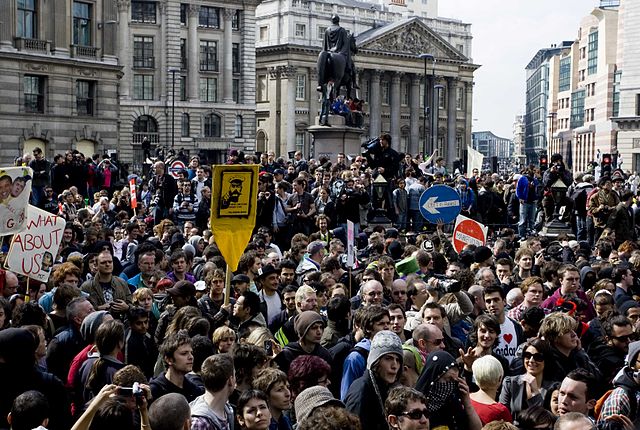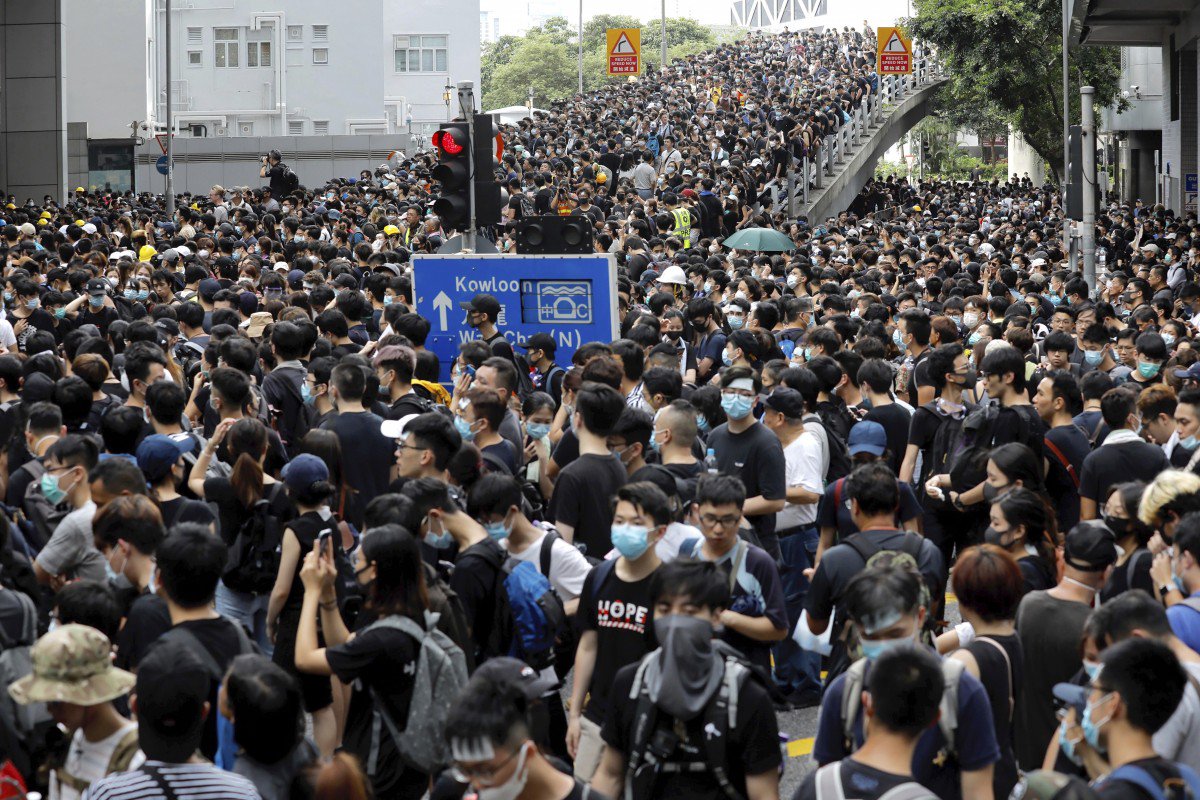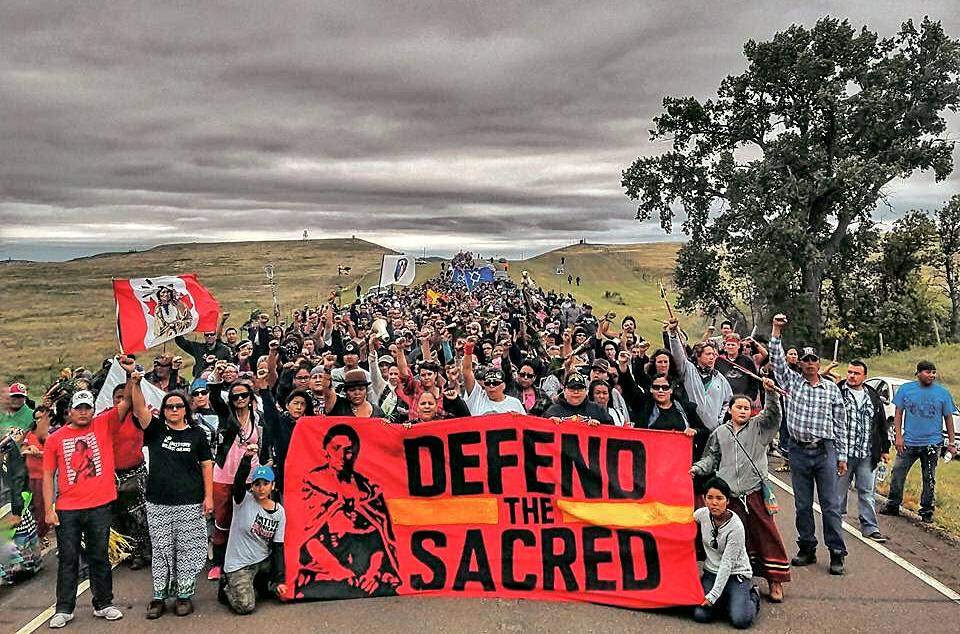The advent of digital surveillance has transformed the landscape of activism and protest, posing new challenges and opportunities for anarchist movements. While surveillance technologies have increased state and corporate capabilities to monitor and suppress dissent, anarchists have also adapted by developing new tactics and leveraging technology to their advantage. This essay explores the evolution of anarchist movements in the age of digital surveillance, examining both the obstacles they face and the innovative strategies they employ.
Surveillance Technologies and State Repression
Modern surveillance technologies, including facial recognition, data mining, and mass interception of communications, have significantly enhanced the ability of governments and corporations to monitor activists. These technologies enable detailed tracking of individuals’ movements, communications, and social networks, creating a pervasive environment of surveillance that can intimidate and deter political dissent. Anarchist movements, which often challenge the legitimacy of state power, are particularly targeted by these surveillance efforts.
Challenges for Anarchist Movements
The increased surveillance capabilities pose several challenges for anarchist movements:
- Privacy Invasion: Activists face constant threats of their personal information being exposed, leading to potential harassment or legal consequences.
- Operational Security: Organizing actions and maintaining internal communications without being intercepted becomes increasingly difficult.
- Intimidation and Repression: The presence of surveillance can have a chilling effect, discouraging participation in protests and direct actions.
Innovative Strategies and Adaptations
Despite these challenges, anarchist movements have shown remarkable resilience and adaptability. They have developed various strategies to counteract digital surveillance and continue their activism:
- Encryption and Secure Communication: Anarchists use encrypted messaging apps (such as Signal and Telegram), VPNs, and other secure communication tools to protect their discussions and planning from surveillance.
- Decentralized Organization: Emphasizing horizontal structures and decentralized networks, anarchist movements make it harder for authorities to disrupt their activities by targeting leaders.
- Anonymous Actions: Activists use masks, pseudonyms, and other tactics to maintain anonymity during protests and online activities, making it difficult for surveillance systems to identify and track individuals.
- Digital Counter-Surveillance: Hacktivist groups like Anonymous engage in counter-surveillance activities, exposing the surveillance practices of governments and corporations and raising public awareness about privacy issues.
- Public Education and Advocacy: Anarchists promote digital literacy and educate the public about surveillance technologies and privacy rights, fostering a culture of resistance against intrusive surveillance.
Case Studies
- Hong Kong Protests: During the 2019-2020 Hong Kong protests, activists employed various anti-surveillance tactics, such as using laser pointers to blind cameras, organizing through encrypted apps, and adopting fluid, leaderless protest methods.
- NoDAPL Protests: Activists opposing the Dakota Access Pipeline used secure communications and legal observers to document surveillance and repression, highlighting the intersection of environmental activism and surveillance.
Global Influence and Legacy
Anarchist movements’ responses to digital surveillance have influenced broader activist communities. By developing and sharing tools and techniques for secure communication and organization, anarchists contribute to a global resistance against surveillance. Their efforts also underscore the need for robust privacy protections and the defense of civil liberties in the digital age.
Conclusion
In the age of digital surveillance, anarchist movements face significant challenges but continue to adapt and innovate. By leveraging technology for secure communication, organizing in decentralized ways, and engaging in digital counter-surveillance, they resist efforts to monitor and suppress dissent. As surveillance technologies evolve, the strategies and resilience of anarchist movements will remain crucial in the ongoing struggle for privacy, freedom, and social justice.



